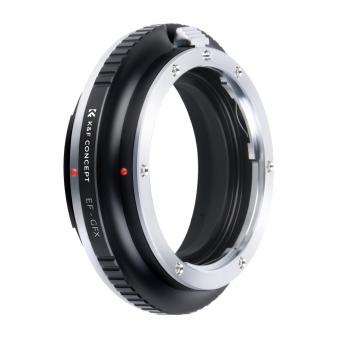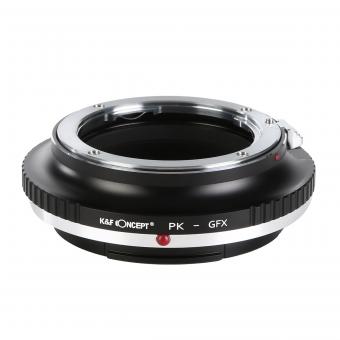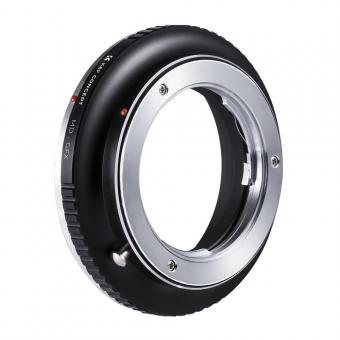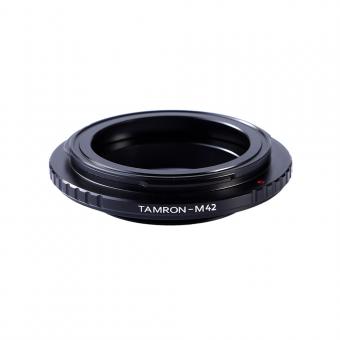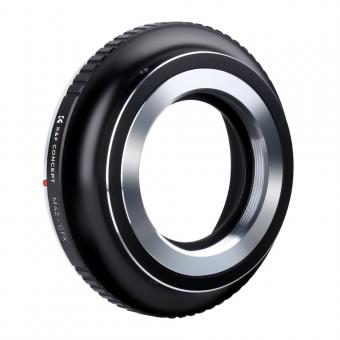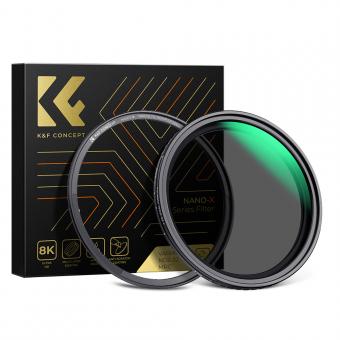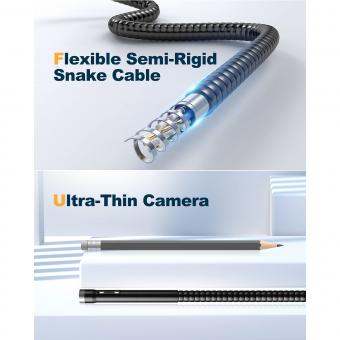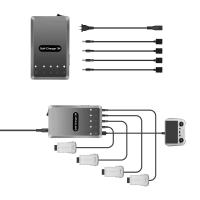Why Choose Endoscopic Surgery For Gallstone Removal ?
Endoscopic surgery is often chosen for gallstone removal due to its minimally invasive nature. It involves using a thin, flexible tube with a light and camera (endoscope) to visualize and access the gallbladder. This approach offers several advantages over traditional open surgery. Firstly, it requires smaller incisions, resulting in less pain, scarring, and a shorter recovery time. Additionally, endoscopic surgery reduces the risk of complications such as infection and bleeding. It also allows for a quicker return to normal activities. However, the suitability of endoscopic surgery for gallstone removal depends on various factors, including the size and number of gallstones, the condition of the gallbladder, and the patient's overall health. It is important to consult with a healthcare professional to determine the most appropriate treatment option for individual cases.
1、 Minimally invasive approach for gallstone removal
Endoscopic surgery, also known as laparoscopic or minimally invasive surgery, is a preferred approach for gallstone removal due to several advantages it offers over traditional open surgery.
Firstly, endoscopic surgery involves making small incisions rather than a large abdominal cut, resulting in less postoperative pain, reduced scarring, and a shorter recovery time. Patients typically experience less discomfort and can return to their normal activities sooner compared to open surgery.
Secondly, endoscopic surgery allows for better visualization of the gallbladder and surrounding structures. A tiny camera called a laparoscope is inserted through one of the incisions, providing high-definition images of the surgical area. This enhanced visualization enables surgeons to perform the procedure with greater precision and accuracy, minimizing the risk of complications.
Furthermore, endoscopic surgery reduces the risk of infection and other postoperative complications. With smaller incisions, there is less exposure of internal organs to external contaminants, leading to a lower likelihood of infection. Additionally, the shorter hospital stay associated with endoscopic surgery decreases the risk of hospital-acquired infections.
Moreover, endoscopic surgery has been shown to have comparable outcomes to open surgery in terms of gallstone removal. Studies have demonstrated that endoscopic techniques are as effective as open surgery in completely removing gallstones and relieving symptoms. This evidence supports the use of endoscopic surgery as a safe and reliable method for gallstone removal.
In recent years, there have been advancements in endoscopic techniques, such as the use of single-incision laparoscopic surgery and robotic-assisted surgery. These advancements aim to further minimize invasiveness and improve patient outcomes. However, the availability and suitability of these techniques may vary depending on the individual patient and the expertise of the surgical team.
In conclusion, endoscopic surgery is a preferred approach for gallstone removal due to its minimally invasive nature, improved visualization, reduced risk of complications, and comparable outcomes to open surgery. As technology continues to advance, endoscopic techniques are likely to become even more refined, offering patients an even safer and more effective option for gallstone removal.

2、 Reduced risk of complications compared to traditional surgery
Endoscopic surgery, also known as laparoscopic surgery, has become a popular choice for gallstone removal due to several advantages it offers over traditional open surgery. One of the key reasons to choose endoscopic surgery is the reduced risk of complications compared to traditional surgery.
During endoscopic surgery, small incisions are made in the abdomen, through which a tiny camera and specialized surgical instruments are inserted. This minimally invasive approach allows for a quicker recovery time, less post-operative pain, and a lower risk of infection. Additionally, the smaller incisions result in minimal scarring, which is cosmetically appealing to patients.
Furthermore, endoscopic surgery offers a shorter hospital stay compared to traditional surgery. Patients undergoing endoscopic gallstone removal typically spend only a few hours in the hospital, whereas open surgery requires a longer stay. This not only reduces healthcare costs but also allows patients to return to their normal activities sooner.
In recent years, advancements in endoscopic techniques have further improved the safety and effectiveness of gallstone removal. For instance, the use of intraoperative cholangiography, a procedure that visualizes the bile ducts during surgery, has significantly reduced the risk of bile duct injury. Additionally, the development of specialized instruments and improved training of surgeons have contributed to better outcomes.
It is important to note that endoscopic surgery may not be suitable for all patients. Factors such as the size and location of gallstones, the presence of complications, and the patient's overall health condition need to be considered. Therefore, it is crucial to consult with a healthcare professional to determine the most appropriate treatment option.
In conclusion, the reduced risk of complications compared to traditional surgery is a compelling reason to choose endoscopic surgery for gallstone removal. With advancements in techniques and instruments, this minimally invasive approach offers patients a quicker recovery, less pain, and a shorter hospital stay. However, individual patient factors should be taken into account when deciding on the most suitable treatment option.

3、 Faster recovery time and shorter hospital stay
Endoscopic surgery, also known as laparoscopic or minimally invasive surgery, has become the preferred method for gallstone removal in recent years. This approach offers several advantages over traditional open surgery, making it a popular choice for patients and surgeons alike.
One of the main reasons to choose endoscopic surgery for gallstone removal is the faster recovery time and shorter hospital stay associated with this procedure. Unlike open surgery, which requires a large incision and longer healing time, endoscopic surgery involves only small incisions. This minimizes postoperative pain, reduces the risk of complications, and allows patients to recover more quickly. In fact, many patients are able to go home the same day or within a day or two after the surgery, leading to a shorter hospital stay compared to open surgery.
Furthermore, endoscopic surgery offers a cosmetic advantage as well. The small incisions used in this procedure result in minimal scarring, which is particularly important for patients concerned about their appearance after surgery. This can have a positive impact on a patient's self-esteem and overall satisfaction with the procedure.
In addition to these well-established benefits, there have been recent advancements in endoscopic surgery techniques that further enhance its appeal. For instance, the use of robotic-assisted surgery has gained popularity in recent years. This technology allows for greater precision and control during the procedure, potentially reducing the risk of complications and improving patient outcomes.
Overall, the choice of endoscopic surgery for gallstone removal is justified by the faster recovery time, shorter hospital stay, and cosmetic advantages it offers. With the continuous advancements in surgical techniques, endoscopic surgery is likely to remain the preferred approach for gallstone removal in the foreseeable future.
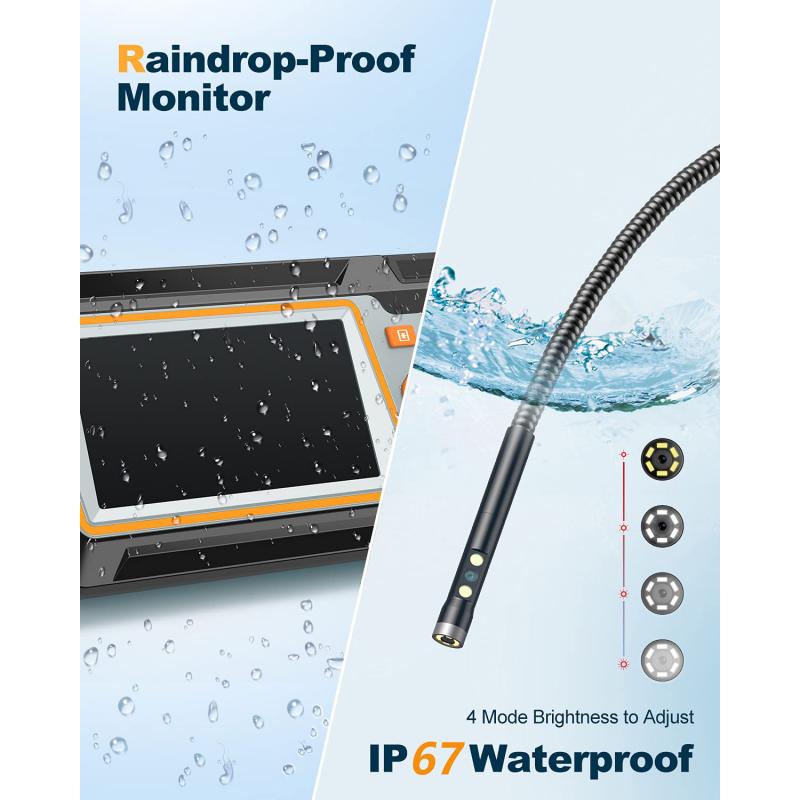
4、 Less postoperative pain and scarring
Endoscopic surgery, also known as laparoscopic surgery, is a minimally invasive procedure that has become the preferred method for gallstone removal. There are several reasons why endoscopic surgery is chosen over traditional open surgery, with the most significant being less postoperative pain and scarring.
One of the main advantages of endoscopic surgery is that it requires smaller incisions compared to open surgery. Instead of a large abdominal incision, only a few small incisions are made to insert the laparoscope and other surgical instruments. This results in less trauma to the surrounding tissues, leading to reduced postoperative pain. Patients who undergo endoscopic surgery for gallstone removal often experience less discomfort and require less pain medication during their recovery period.
Furthermore, the smaller incisions used in endoscopic surgery result in minimal scarring. The incisions are typically less than an inch in length and are strategically placed in inconspicuous areas. As a result, patients are left with smaller, less noticeable scars compared to the long, prominent scars associated with open surgery. This can have a positive impact on a patient's self-esteem and body image.
In addition to less pain and scarring, endoscopic surgery offers other benefits. The procedure is associated with shorter hospital stays, faster recovery times, and a quicker return to normal activities. Patients can often resume their regular diet and daily routines within a few days after surgery. The risk of complications, such as infection and bleeding, is also lower with endoscopic surgery compared to open surgery.
It is important to note that the latest point of view regarding gallstone removal favors endoscopic surgery due to its minimally invasive nature. Advances in technology and surgical techniques have made endoscopic surgery even more effective and safe. The use of high-definition cameras and specialized instruments allows surgeons to visualize and manipulate the gallbladder with precision, reducing the risk of complications.
In conclusion, endoscopic surgery is chosen for gallstone removal due to its numerous advantages, including less postoperative pain and scarring. The procedure offers patients a faster recovery, shorter hospital stays, and a quicker return to normal activities. With the latest advancements in technology and surgical techniques, endoscopic surgery has become the preferred method for gallstone removal, providing patients with a safe and effective treatment option.






